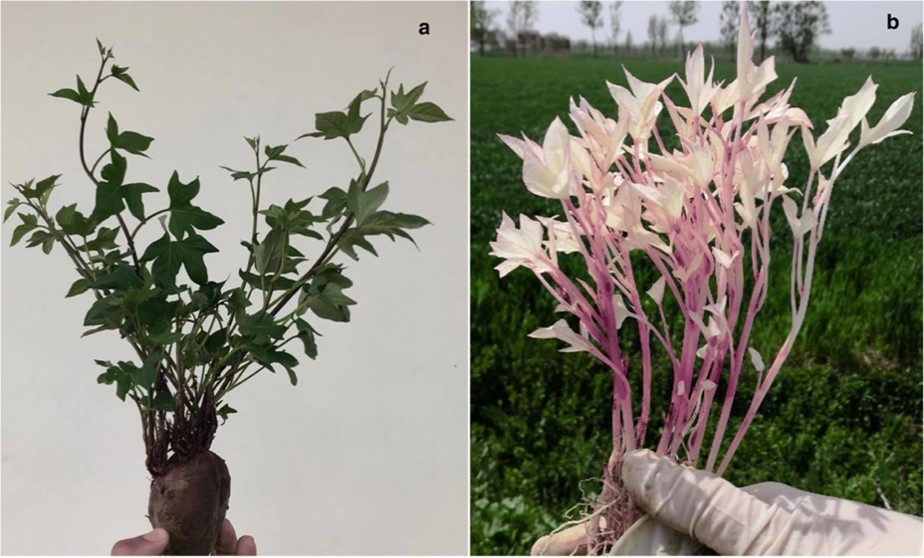
Transcriptome sequencing of a novel albino mutant of hexaploid sweetpotato (Plant Mol Biol Rep)
Plant Science Research WeeklyAlbino plants lack chlorophyll, which means that they cannot photosynthesize. These kinds of plant are unique and can offer information as to the molecular mechanism of chlorophyll degradation and photosynthesis in plants. Here, Arisha et al. explored the differences in gene expression patterns of seedling…
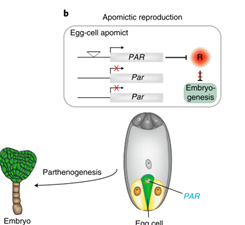
The PARTHENOGENESIS gene that contributes the clonal propagation through seeds in dicot dandelion (Nature Genetics)
Plant Science Research WeeklyIn plants with sexual reproduction, the male contribution (two sperm cells) is necessary to fertilize two female cells, the egg cell that gives rise to the embryo and the central cell that gives rise to the endosperm. In contrast, apomictic plants (0.1% of flowering plants spread over 120 genera) don´t…
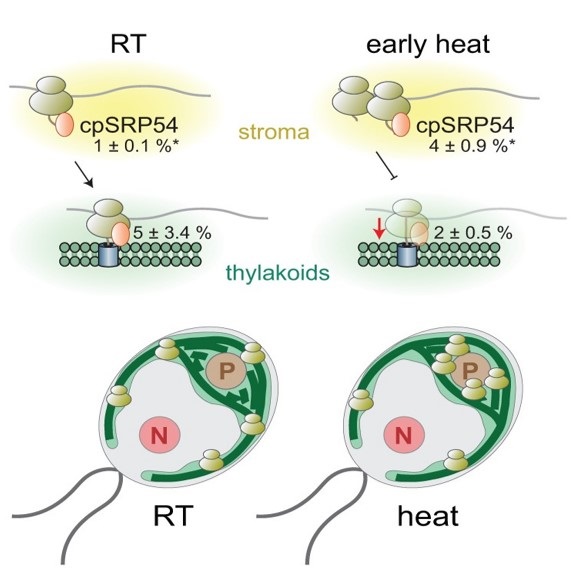
Fast and global reorganization of the chloroplast protein biogenesis network during heat acclimation (Plant Cell)
Plant Science Research WeeklyWith the rising climatological extremes, heat stress is a major concern towards sustainable crop yield and productivity as it impairs several physiological and developmental processes. Due to the sessile lifestyle of land plants, they undergo various acclimation responses to cope with fluctuating temperatures.…
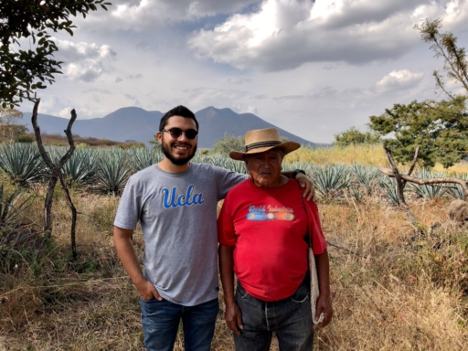
URM Plant Scientist Highlights - Manuel Mora (he/him)
BlogManuel Mora (he/him) is a doctoral student in the Molecular Biology Interdepartmental Developmental Program (MBIDP) at UCLA. Born in Santa Ana, CA, Manuel was raised between California and the town of Santiago Tangamandapio in Michoacan, Mexico. Growing up he enjoyed playing soccer, but when living…

Relevance of hop terroir for beer flavor (J. Inst. Brew.)
Plant Science Research WeeklyBeer is a simple beverage, basically fermented barley sugars. But recently, it’s been all about the hops. Hops are buds of Humulus lupulus, a member of the Cannabaceae family, and from humble origins they have been carefully bred and selected, resulting in many varieties with different aroma and flavor…

A Central Role for Genetics in Plant Biology (Annu. Rev. Plant Biol.)
Plant Science Research Weekly
Plant biology as a field of study encompasses a rich plethora of subjects, some of which themselves are their own fields. Maarten Koornneef, in this memoir-style article, describes how genetics in particular shaped his career that saw the rise of Arabidopsis as the lovable poster child of plant biology…

Genomic imbalance: an extra chromosome arm can induce severe phenotypic and gene expression changes
The Plant Cell: In a NutshellYang et al. use haploid induction, genomic and transcriptomic sequencing to explore gene expression changes across the genome when the chromosome arm was varied in haploid maize.
By Hua Yang, James Birchler, University of Missouri-Columbia
Background: The phenotypic consequences of the addition…
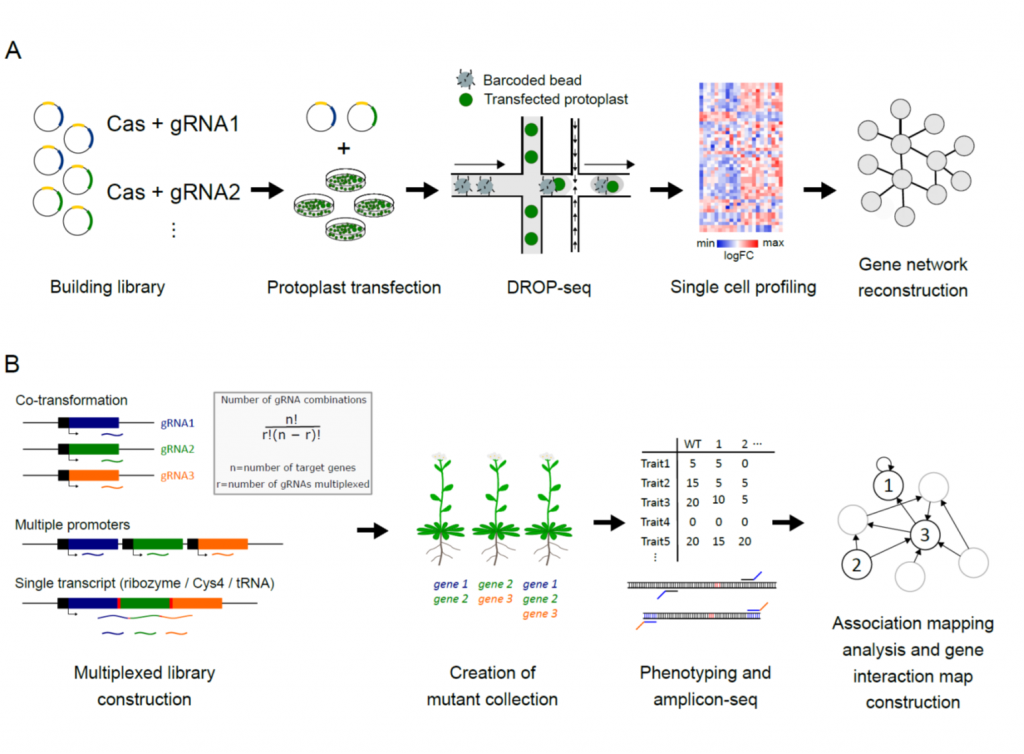
Review: CRISPR screens in plants: Approaches, guidelines, and future prospects (Plant Cell)
Plant Science Research WeeklyWe don’t need to remind you of the tremendous positive impact that CRISPR-based technologies have had on the life sciences through enabling any gene to be edited precisely. Here, Gaillochet et al. provide an up-to-date review of a lesser-known application of CRISPR, its use in large-scale screening…

Magnesium and calcium over-accumulate in the leaves of a schengen3 mutant of Brassica rapa (Plant Physiol)
Plant Science Research WeeklyMagnesium (Mg) and calcium (Ca) are essential nutrients for plants and also the animals that eat them. Human deficiencies of these elements are not uncommon. Here, Alcock et al. used Inductively Coupled Plasma Mass Spectroscopy to measure the elemental composition of a mutagenized population of Brassica…

